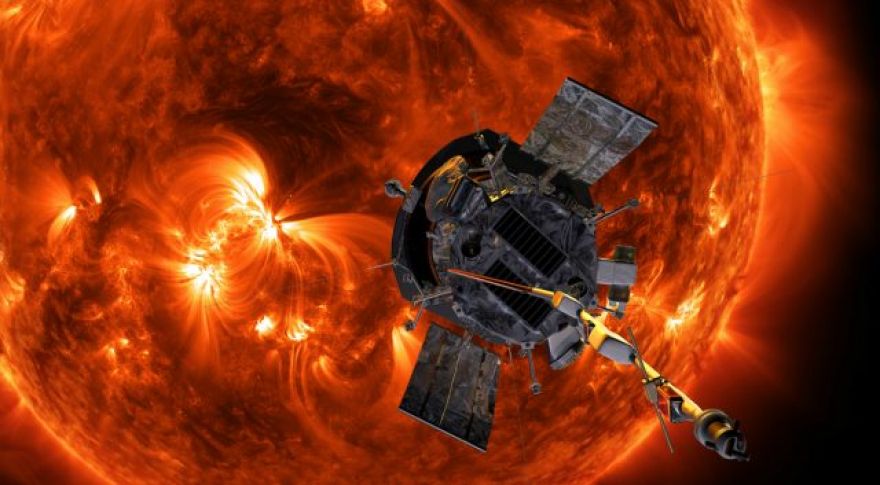
NASA Probe Discovers Source of Solar Winds
NASA’s Parker Solar Probe started making history the very minute it launched, taking the crown as the fastest moving launch in history. It went on to pass closer to the sun than any previous spacecraft, and now NASA has of scans made during the probe’s first two solar flybys. The research, published in several groundbreaking studies, offers tantalizing details on the origin of the solar wind.
Parker has now made two passes through the corona in November 2018 and April 2019, sending data back to Earth after each one. NASA launched the Parker spacecraft in August 2018, hoping to gather more data on the sun’s corona than we can collect from Earth or with probes that sit safely outside the blazing-hot corona.
One of the challenges with studying the solar wind from a distance is that it “smooths out” by the time it reaches Earth and other space probes. Using FIELDS magnetic field scanner and the Solar Wind Electron Alphas and Protons (SWEAP) instrument on Parker, scientists have identified events called “switchbacks” when the magnetic field lines invert. This causes charged particles to bunch up into blobs of plasma as they speed away from the sun. It’ll take more study to know what causes this phenomenon, though.
Perhaps the most important discovery contained within the FIELDS instrument data is the suggestion that the solar wind originates in so-called “cool holes” on the surface. Of course, “cool” is a relative term here. These regions of the sun where magnetic field lines appear to flip are cooler than the surrounding material at roughly 1.1 million degrees Celsius (2 million Fahrenheit). That allows charged particles and magnetic fields to escape into the wider solar system.
NASA’s WISPR (Wide-Field Imager for Parker Solar Probe) helped confirm the theorized “dust-free zone” around our sun. The energy output of the star actually vaporizes dust that passes within a few million miles. WISPR also revealed complex structural elements in the corona that aren’t visible from Earth. Likewise, the Integrated Science Investigation of the Sun (ISʘIS) instrument provided data on small, irregular particle emissions that blend into the solar wind by the time it reaches Earth.
Parker still has about five years left in its primary mission, and NASA hopes to learn a great deal more about the sun by then. Understanding that nuclear furnace could be invaluable as we explore the solar system. The sun makes life on Earth possible, but the solar wind can pose a danger to spacecraft as well as electronic systems on Earth.
Now read: